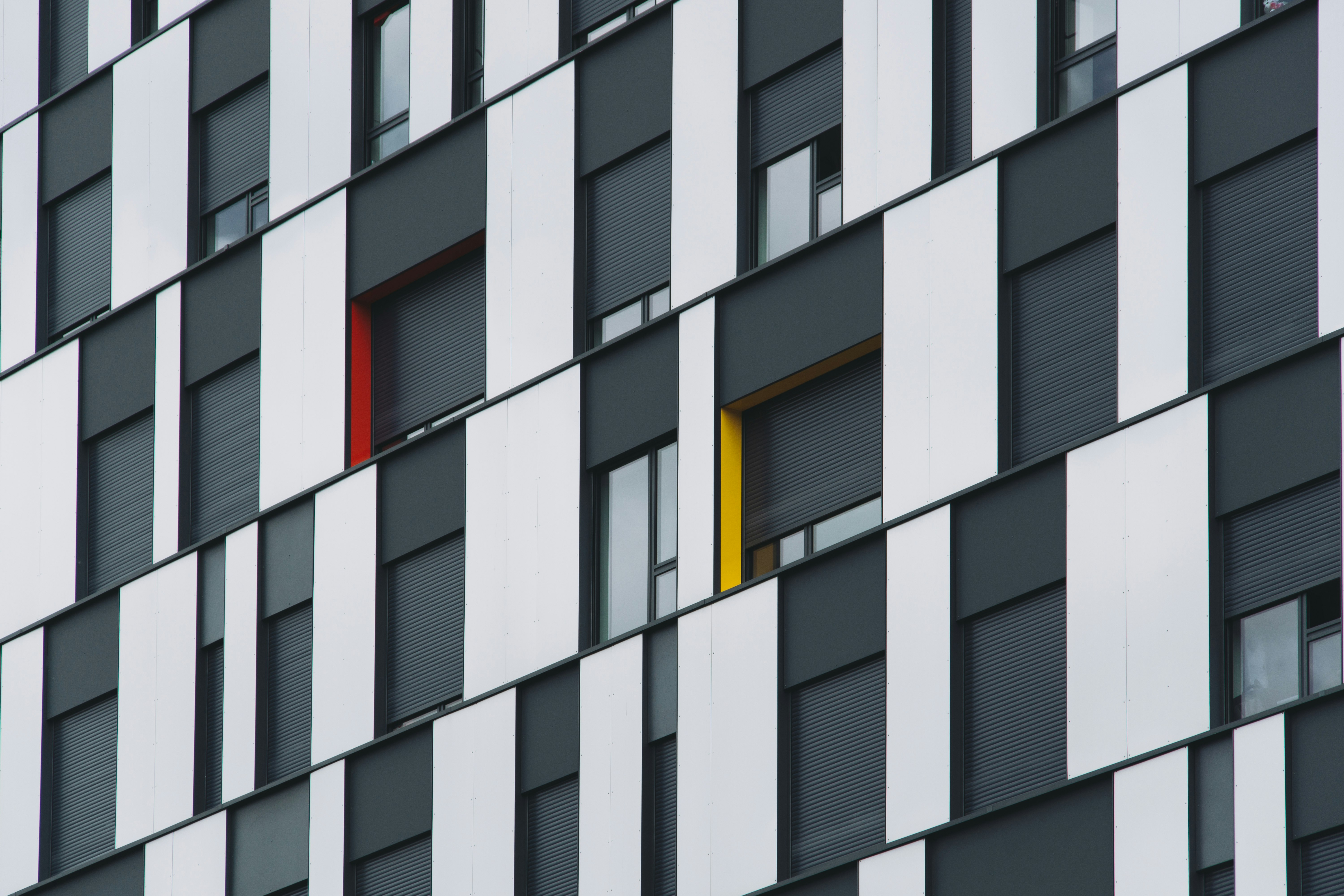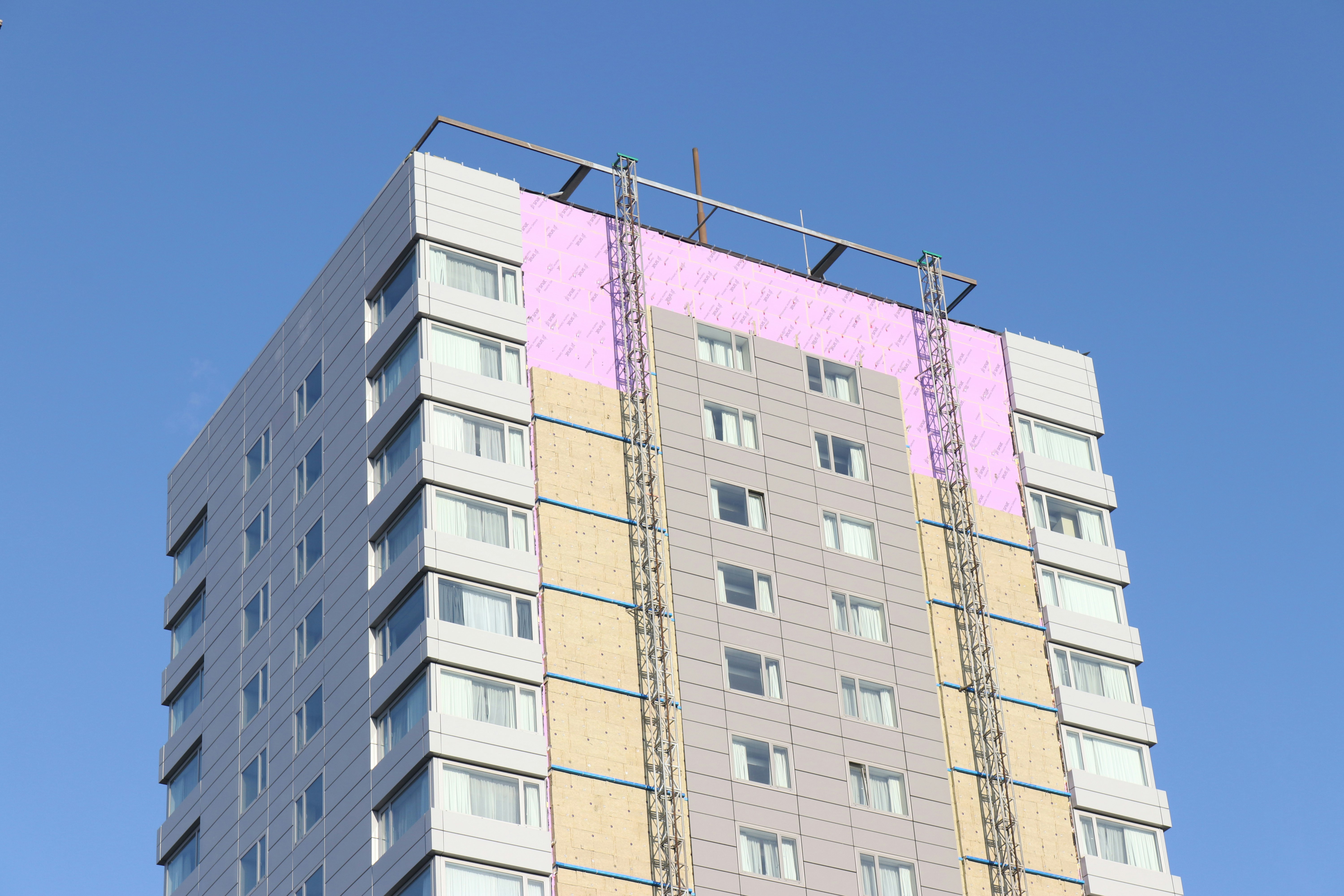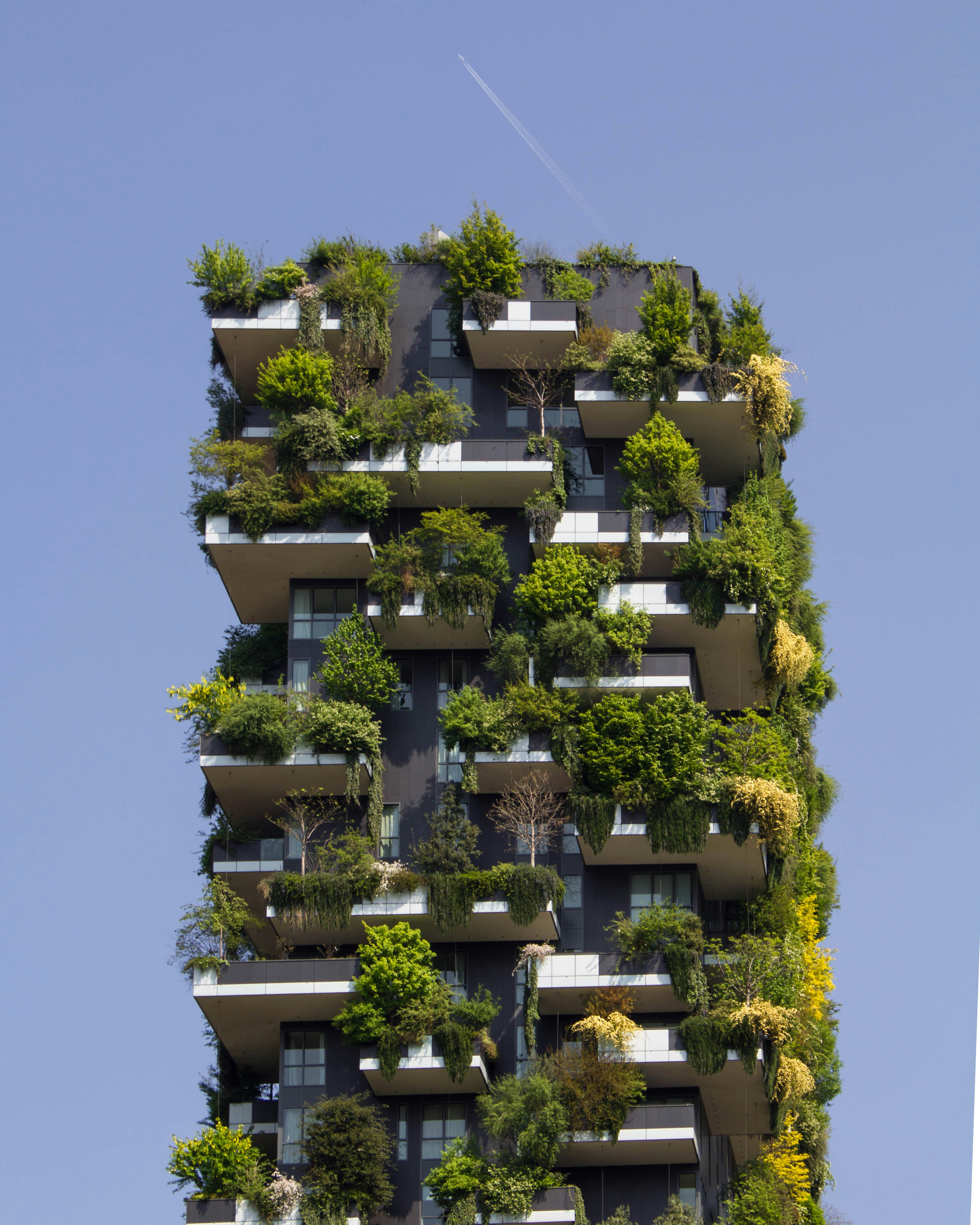From what time the lights go out, to the types of lighting used, and what areas need to remain lit for safety, these laws vary considerable in their technical features, stringency, and language used, but they all have similar goals.
In commercial districts (e.g., retail, business, entertainment), lighting control capabilities, retrofitting fixtures, or turning the lights off completely is financially prudent. Plus, saving energy while reducing carbon emissions is good for the environment. But cost savings and going green aren’t the only reasons for going dark.
Light pollution has other effects that eco-conscious builders should keep in mind depending on their geographic location. Initially the push for “dark skies” in cities and communities came from astronomy, through the International Dark-Sky Association. Back in the 1970’s, we realized that excessive use of artificial light (aka light pollution) created a loss of the night sky. (Even before that, in 1958, Flagstaff AZ instituted the first lighting ordinance to protect night sky views).
Fast forward a few decades and most kids in the U.S. can’t look up and see the Milky Way. Today, a mind-blowing 80% of the world is robbed of natural nightlight because we live under artificial skyglow. Scientists have identified the components of light pollution that have detrimental effects on people, wildlife, and the environment—all things builders need to consider when developing a project:
- Glare: excessive brightness causes visual discomfort
- Skyglow: lighting brightens the night sky over inhabited areas, obscuring natural views
- Light Trespass: light falls where it is not needed and result in various effects on foot or vehicular traffic
- Light Clutter: bright, confusing and excessing groupings of different sources of light
These components of light pollution can affect foot and vehicle traffic, crime and safety, human health, and our natural resources, including wildlife and scenic views. Light pollution wastes energy and millions of dollars simply by shining where it isn’t needed.
For humans, excessive nighttime exposure to artificial light can affect sleep, immunity, and the functioning of several glands. In certain locations, lighting affects an animal’s survival instinct because skyglow reflects off of, and penetrates, the ocean.
For example, sea turtle hatchlings instinctively travel to the brightest horizon. That source is no longer light reflecting off the ocean but is instead artificial light. The hatchlings that don’t make it to the ocean die from malnutrition, predator attacks, or because they wandered onto a highway and are crushed beneath a car.
Consider these scenarios for builders and developers: A homeowner pays big bucks for a home with a view that becomes obscured due to components of light pollution that were not anticipated in the building plans. A bike path is constructed through a city park and the lighting installed obscures vision rather than enhances it, causing a cyclist to have a terrible accident.
Do you think the home owner and the biker could bring a lawsuit against the builders?
Building to Prevent Light Pollution
There are a variety of other approaches to tackling the light pollution problem so that your next residential or commercial project not only remains within code, but also won’t contribute to safety, visual, or environmental problems.
The U.S. Green Building Council SS8 has specific intents and requirements for the reduction of the various components of light pollution. These not only address general construction in residential or commercial projects but also address projects near or adjacent to national and state parks, forest land and rural areas.
Additionally, the Illuminating Engineering Society of North America (IES), has published the Model Lighting Ordinance (MLO), which provides states and municipalities with effective outdoor lighting legislation and codes while allowing for necessary lighting to keep an area safe, keep costs reasonable, and assess for the “light sensitivity of an area”.
While the U.K. has led the way in reducing light pollution, the U.S. is not far behind in its efforts. A great resource that illuminates what’s being done in Europe is the Construction Information Service document on Light Pollution.












